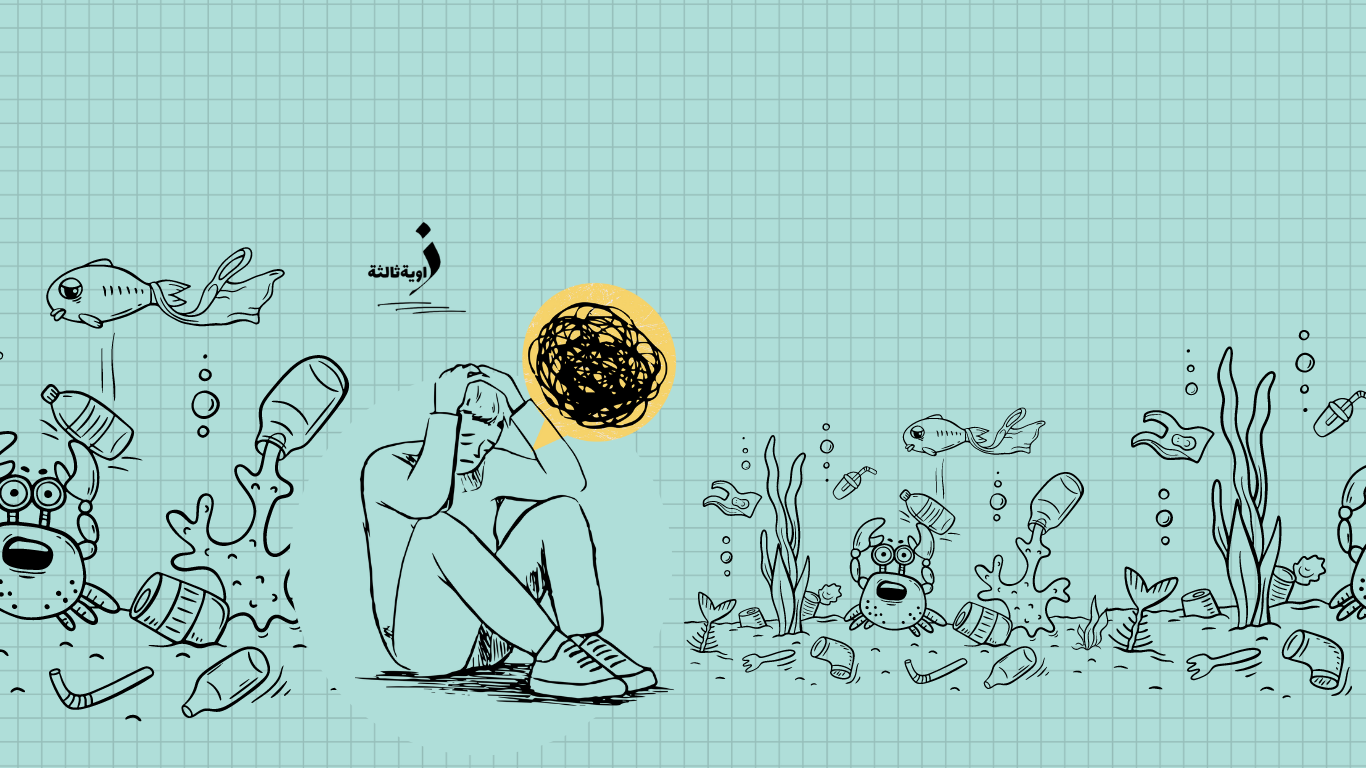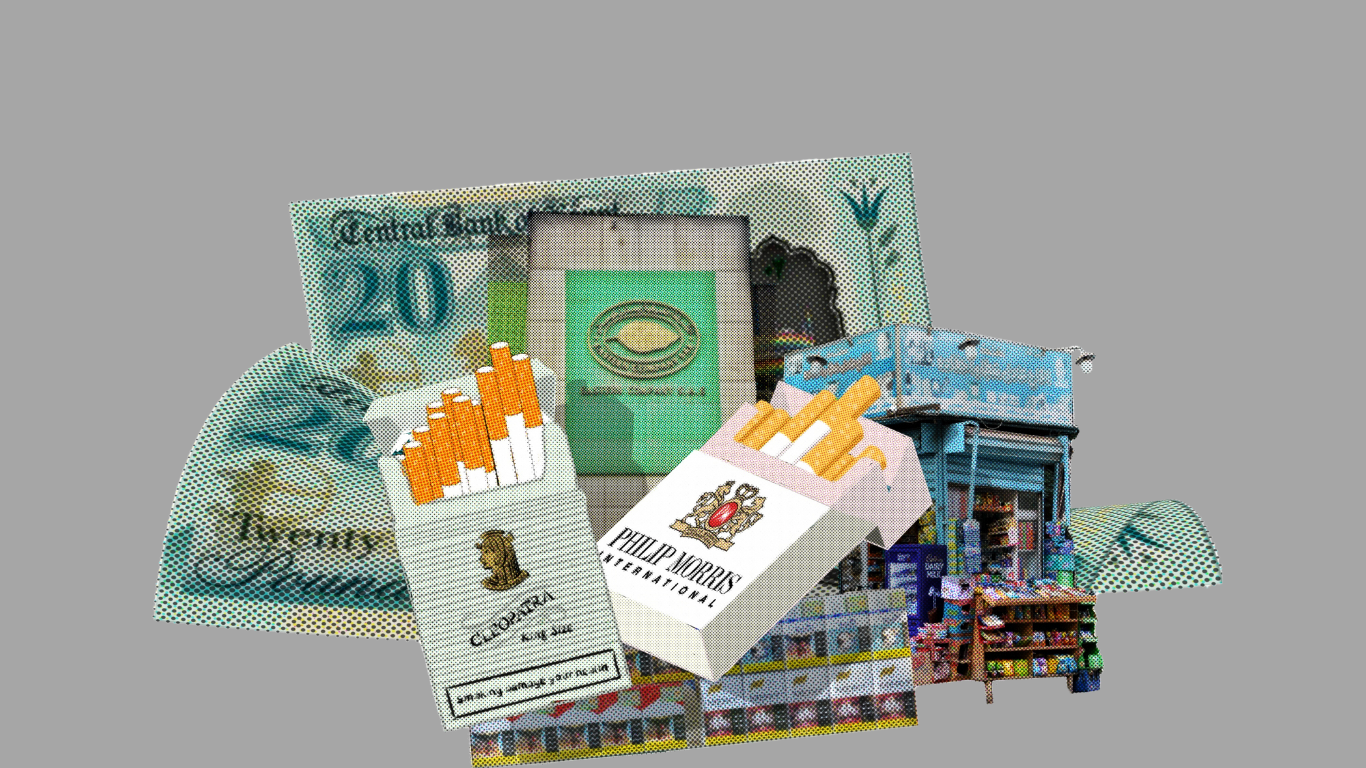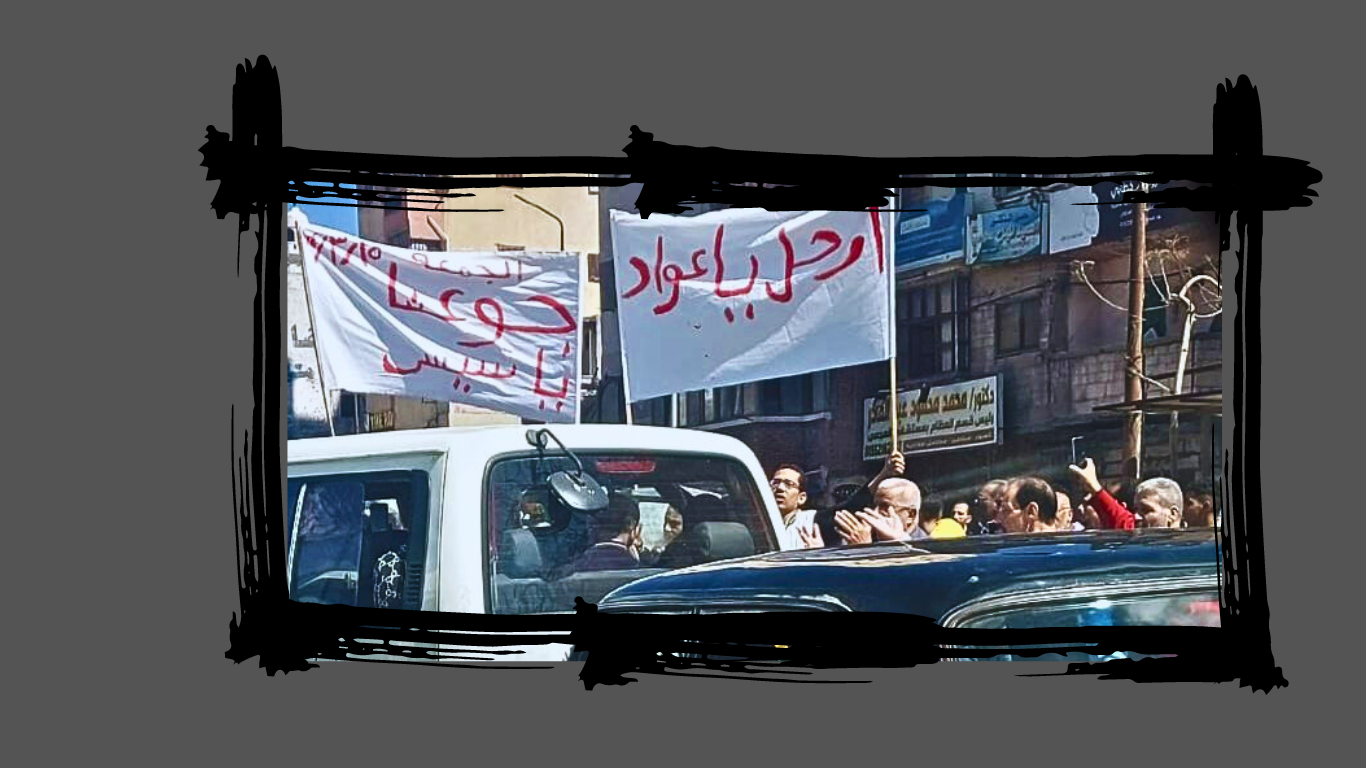It has been 14 years since Dr. Omar Tamam’s dream of cultivating and localizing cassava in Egypt to achieve self-sufficiency in flour production and meet bread needs, but his dream quickly collided with the bureaucracy’s obstacles and the challenges of scientific research in Egypt.
“When I brought cassava and yam plants from Nigeria for scientific research purposes, I was stopped at Cairo Airport. Despite informing them that I am the dean of the Institute of Environment, they forced me to pay 17,000 pounds as customs and refrigerator fees from my personal account,” recounts Omar Tamam, former professor of natural reserves and dean of the Institute of Environment.
What happened at the airport in 2010 did not deter the Egyptian academic from pursuing his dream. He brought in a foreign expert from Nigeria to teach researchers, academics, and students at the Institute of Environment how to cultivate cassava. However, the expert demanded a high salary that the university refused to pay.
“The foreign expert wanted a salary of $1,000 per week, which the university declined to pay. Some students contributed with me, and he stayed in the dean’s lounge room and remained in Egypt for a month, during which he taught the students how to cultivate cassava. Unfortunately, it was not commercially planted, and it remained limited to scientific research, which is disposed of after scientific experiments are conducted on it and not sent to food industries,” adds Tamam, highlighting the crisis of scientific research in Egypt and the low wages of researchers.
|
Cassava, also known as manioc or yuca, is a perennial herb native to South America. It holds significant economic value and is a nutritious food for humans, utilized in various food industries. Cassava is a primary source of sugars and ranks as the third-largest source of carbohydrates and calories globally. Africa is considered the largest production center for cassava. |
The United Nations Food and Agriculture Organization (FAO) expects cassava, considered the food of the poor, to become the crop of the 21st century, especially with the significant rise in grain prices, particularly wheat.
A professor of natural reserves believes that Egypt provides a suitable environment for localizing cassava, which thrives in hot environments and is susceptible to pests in humid, rainy environments. Cassava can withstand drought for up to two months, and it is considered the only plant that can prevent famines, as its leaves contain 40% protein. Its tubers can be processed into white or yellow flour, mixed with oil, used in baking, made into porridge mixed with milk, and its starch (tapioca) extracted for various purposes. The dried peel of its tubers can be used as animal feed, for green energy, and in the production of paper cups. He explains that cassava is planted by burying its stems in the soil, with the optimal timing for planting being April and harvesting in December. Yield per acre ranges from five to 40 tons, depending on land efficiency.
The Lost Dream Amid Government Red Tape
Businessman Mohamed Tarek Najib has endured the challenges of bureaucracy and the neglect of new ideas in pursuing his dream of cultivating and localizing cassava in Egypt since the 1990s. He was the sole importer of tapioca, extracted from cassava, on behalf of the Agricultural Development and Credit Bank and the Holding Company for Food Industries for use in livestock and poultry feed. His company also participated in successful experiments introducing cassava into human and animal diets as part of Project Efficiency Enhancement Research No. 871012 at the Productivity Institute of Zagazig University.
After the successful agriculture experiment and harvest about a year later, the researchers involved, in collaboration with the company “Najib,” produced cassava flour and tapioca starch. They prepared baked goods, pastries, and “Petit Pain” bread from these products and sent them as a gift to the former president’s wife, Suzanne Mubarak, who enjoyed them, according to what Najib told “Zawia3”. He added that the late President Mohamed Hosni Mubarak inquired about these products from Youssef Wali, a former minister of agriculture and land reclamation and a leader of the dissolved National Democratic Party, praising their quality. He expressed approval for the cassava cultivation project, accusing Wali of obstructing the project out of fear of the United States, as Najib put it.
“During the 1990s, I imported cassava at a price of $70, taking advantage of the GATT 1994 agreement. I imported 185 tons for the Development Bank and 80,000 tons for the Holding Company. However, after the agreement ended, the price per ton increased fivefold, so I stopped importing,” said Najib, who did not give up on his dream. He resumed his efforts in January 2016, applying to the Ministry of Agriculture and Land Reclamation, the Cabinet, and the Presidency with the Million and a Half Acres Initiative and the Cassava Cultivation and Production Project in Egypt, according to the conditions and prices of the New Egyptian Countryside Development Company.
Despite months of correspondence with government agencies and the National Research Center, nothing concrete materialized from the project. However, the sixty-year-old businessman plans to start a cassava cultivation project covering an area of two thousand square kilometers in the New Valley, using the first harvest to produce cassava flour and tapioca starch. He plans to mix soybeans with the cassava crop for use in feed production, emphasizing the importance of planting the crop in border areas, where its stalks can reach three meters in height, acting as windbreaks and combating locust swarms.
Najib explains that cassava cultivation experiments in Egypt began in March and June 1983 at farms in Khatarah and Adliyah in the Governorate of Sharkia, at the Faculty of Agriculture Farm in the Ismailia Governorate, at private farms in the Minya Governorate, at the Productivity Sufficiency Institute at Zagazig University, and at the Orchard Research Center in Cairo. The results showed that cassava thrives in hot, low-fertility sandy areas with minimal rainfall and irrigation requirements of 150 cubic centimeters annually, requiring minimal fertilizer. It has yielded abundantly, potentially making Egypt self-sufficient in wheat and maize imports. After about nine months of cultivation, each cassava plant produces root tubers weighing around four kilograms, yielding flour equivalent to six times that produced from wheat per acre.
Capable of Filling the Food Gap in Egypt
Fatma Ali Ahmed, a professor of plant chemistry and former vice president of the Desert Research Center, reveals that cassava is suitable for human consumption at a rate of 65%, animal feed at 21%, and 14% is used in starch production. Its roots contain approximately 25-30% starch, three times the amount found in potatoes. This starch is used in various industrial applications such as biscuit production, confectionery, canned fruits, and jams. Cassava flour can also be mixed with wheat flour (at a ratio of 10-20%) for breadmaking. Cassava tubers are used in manufacturing potato chips, which have higher nutritional and economic value than potato tubers, making cassava capable of achieving partial food security and filling the food gap in Egypt. Cassava is also a significant source of clean, carbon dioxide-free biofuel (ethanol), which could reduce dependence on traditional energy sources.
Despite cassava’s health benefits, such as toxin absorption from the intestines, cancer prevention, diarrhea treatment, digestion enhancement, and blood sugar regulation, Professor Ahmed warns about certain compounds in cassava that inhibit vitamin and mineral absorption and interfere with digestion, such as saponins and tannins. She emphasizes the importance of peeling cassava and soaking it in water for two days before cooking and consumption.
Similarly, Walid Fathi, a quality assurance engineer working in the food industry, emphasizes the importance of using cassava in food production due to its high starch content. Cassava is used to produce flour and starch and is gluten-free, making it ideal for individuals with food allergies like celiac disease, fibromyalgia patients, and those following gluten-free diets, such as individuals with autism.
He explains that cassava-related food industries have been established in Egypt for years, adhering to Standard Specification No. 6211/2007 of the General Authority for Specifications, which sets forth basic requirements and descriptive standards for commercial varieties of sweet cassava roots (Manihot esculenta crantz) from the Euphorbiaceae family. These roots are presented fresh to consumers after processing and packaging. Cassava flour for human consumption adheres to Standard Specification No. 2853/2005.
Limited-Scale Agriculture
Dr. Mohamed Ali Fahim, an advisor to the Minister of Agriculture and head of the Climate Change Information Center, revealed in his conversation with Zawia3 that cassava cultivation has succeeded in Egypt on a small experimental scale but has not been commercialized due to the lack of demand and the availability of cheaper alternatives for farmers such as potatoes. This is unlike other tropical crops like avocados, dragon fruit, and lychee, which have been successfully introduced. Additionally, the climate in Egypt is fundamentally dry and receives minimal rainfall, unlike the typical tropical or subtropical environments where cassava is usually grown, such as in South America, India, and Africa, relying on rainwater.
Dr. Fahim disagrees with the idea that cassava could compete with wheat or replace it in bread production. He explains that Egypt cultivates around three and a half million acres, producing ten million tons of wheat. The available water resources from the Nile and groundwater do not allow for more extensive production. However, he sees the necessity of cultivating cassava on a limited commercial scale for use in gluten-free food manufacturing, complementary products, and supplements beneficial for allergy patients.
|
According to the Strategic Trends Report for the New Presidential Term (2024-2030) issued by the Cabinet, Egypt needs a total of 7.7 million tons of wheat during the current year to provide 93.5 billion loaves of bread annually. In the previous year (2023), Egypt’s wheat imports reached approximately ten million tons, with 68% of this coming solely from Russia. Egypt also imports the remaining portion from a total of 22 countries, including 11 main suppliers, to bridge the gap between Egypt’s wheat production and consumption. |
In this context, according to experts’ opinions, cassava could potentially become the solution to the wheat crisis in Egypt. Is the government seeking quick alternatives to wheat, given its inability to achieve self-sufficiency and continued reliance on larger imports from abroad?












